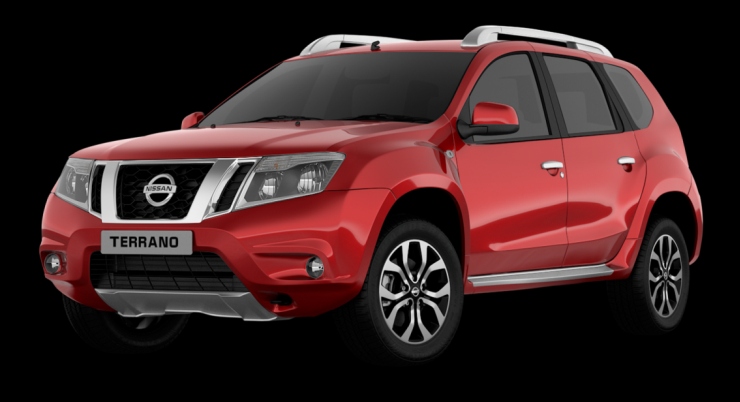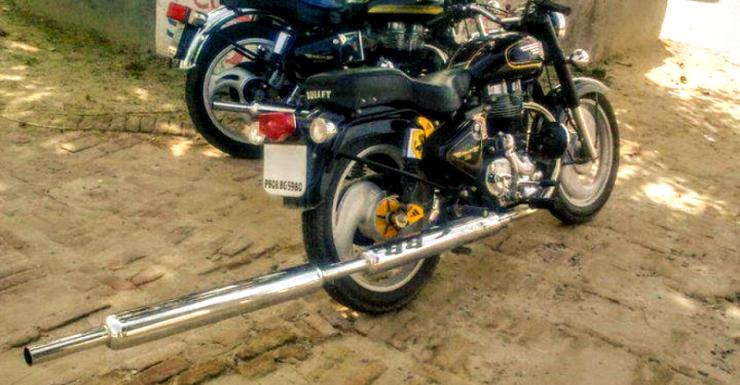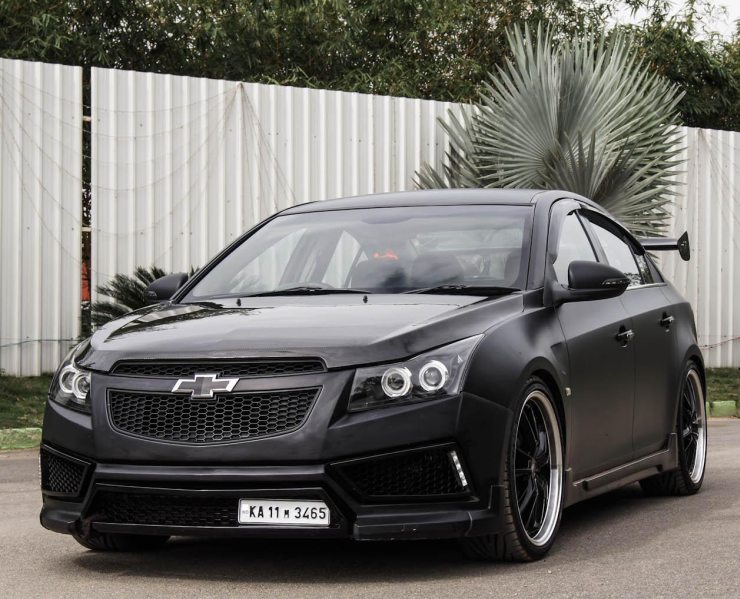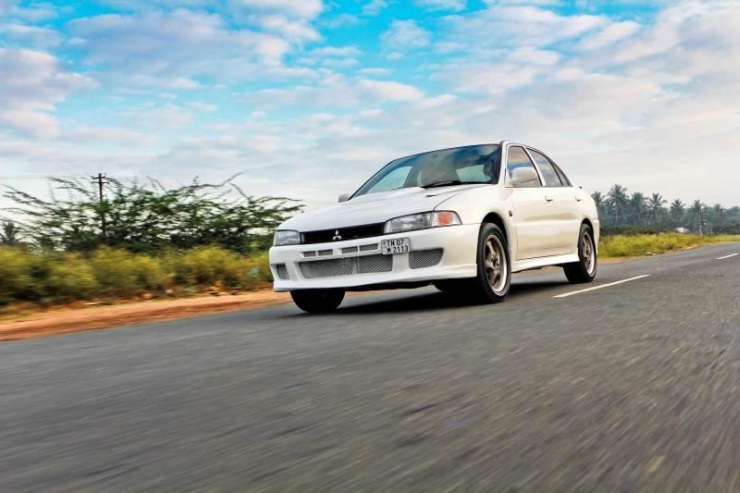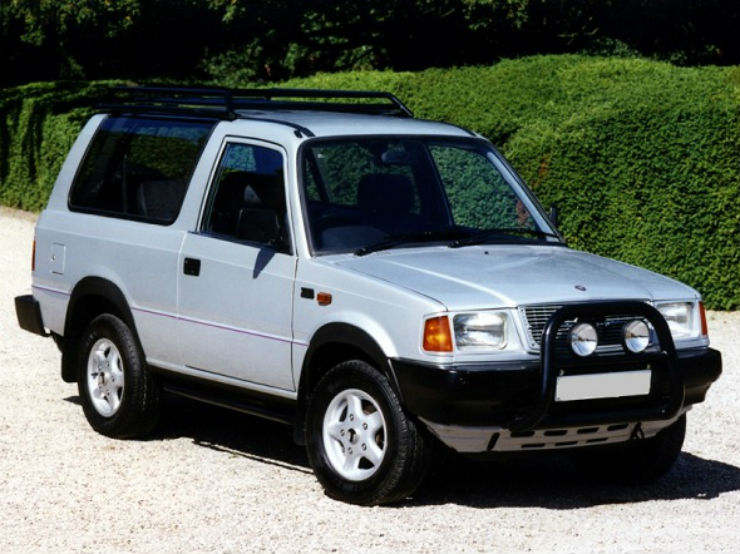India’s automotive market is finally growing up. While many buyers rejected cars that were different in the past, they now welcome them, hoping to stand out from the rest of the crowd. So, in this post, we take a look at 10 iconic cars that should make a comeback into a more accepting Indian car market.
Hindustan Contessa
![Hindustan Contessa Custom 5]()
The Hindustan Contessa was launched in India in 1984. The Contessa brought the posters of muscle cars that hung on every young boy’s bedroom wall to life on Indian roads, with its muscle car-inspired looks. However, despite its muscle car design, the Contessa was powered by small capacity engines, the largest of which displaced just 2.0-litres.
Enthusiasts to this day keep their Contessas in tip-top shape and some have even modified them, adding more muscles and sometimes more power. While the iconic Mustang is now sold in India, it still remains out of reach for most Indians. Bringing the Contessa back to life with a modern muscle car design and a more powerful petrol engine could just prove to be a hit, provided the price is right.
Hindustan Ambassador
![Hindustan Ambassador]()
The Hindustan Ambassador was the car with the longest ever production run in India with a run of over 60 years. The Ambassador’s unique looks which are drawn from its Morris heritage was what set it apart. The ample space at the rear made the Ambassador the ride of choice for politicians and cab operators alike.
With French carmaker Peugeot taking over the Ambassador brand from Hindustan Motors, the chance of the iconic name being revived are very high. Hopefully, with a modern design and a powerful French engine, the Ambassador can finally really create a buzz in the Indian car market again.
Maruti Zen Carbon and Steel
![]()
The Zen Carbon and Steel were two limited-run versions of the Zen hatchback from Maruti. What made them stand out from the crowd was their three-door design, which has since not been replicated on any mass market car in India.
Although rare, the Zen Carbon and Steel became rather popular with enthusiasts who have kept their cars in immaculate shape and have even tuned them in some cases. If Maruti can make a three-door hatchback once again with a decent amount of power, it could steal the thunder from all the buzz-worthy hot hatches.
Mahindra Classic Jeep
![Mahindra Classic Jeep]()
The Mahindra Classic featured a short wheelbase and permanent four-wheel-drive which made it as agile as a mountain goat in rough terrain. The open-top offroader was a big hit with the Indian Army who used it extensively.
The Classic’s iconic looks, lightweight body and off-roading ability mean that many still long for this little Jeep despite the presence of the Thar. If Mahindra were to bring back the Classic as a cheaper alternative to the Thar, it could have a real hit on its hands.
Chevrolet Cruze
![]()
The Chevrolet Cruze was the American carmaker’s flagship car on sale in India. The Cruze’s diesel engine cranked out 166 Bhp and 380 Nm of torque and bought a small sliver of American muscle to the average Indian car buyer.
However, when Chevrolet shut down its operations in India last year, the Cruze went with it. If Chevrolet were to ever come back to India, the Cruze is the car they should return with, preferably with even more power under the bonnet.
Mitsubishi Lancer
![]()
The Mitsubishi Lancer made its mark in the World Rally Championship, which ensured its success in every market it was sold in. Unfortunately for the Lancer, it was plagued by a poor dealership and aftersales network that made owning one rather difficult, as did the overwhelming response to the Honda City.
If Mitsubishi does bring back the Lancer to India, they should offer it as a more powerful alternative to the likes of the Honda City and Maruti Ciaz, which could really cause some ripples in the Indian car market.
Ford Fiesta S
![]()
The Ford Fiesta was known for its brilliant handling characteristics thanks to harder and shorter suspension springs, wider tyres and larger wheels. At Rs 8 lakhs, it provided more fun on the road than almost every car at twice its price point. The presence of the 100 Bhp engine also helped its cause.
If Ford does bring back the Fiesta S, it could really capture the enthusiast market, if the new car handles as well as the old one.
Premier Padmini
![]()
The Premier Padmini was manufactured in India from 1973 to 1998 and proved to be a fierce rival to the Hindustan Ambassador. The Padmini was powered by a 35 Bhp 1.1-litre engine.
The unique shape of the Padmini and its sharp handling made it a hit among many enthusiasts who have kept their cars in pristine shape. If the Padmini is brought back, hopefully, with more power and a modernised version of the old car’s design, it could attract a whole lot of buyers.
Tata Sierra
![Tata Sierra]()
The Tata Sierra was a compact SUV before the term was even coined. It featured a unique three-door design and large rear windows. Powering the Sierra was a 2.0-litre diesel engine borrowed from Peugeot that produced 68 Bhp and later on 90 Bhp when a turbocharger was bolted onto it.
If Tata could bring back the Sierra and put its tried and tested 2.2-litre DiCOR engine under the hood, then it could give rivals like the Mahindra Scorpio a proper run for its money.
San Storm
![]()
The San Storm was India’s only affordable two-seat convertible. Designed by a French firm, the car was launched in 1998 and was powered by a 60 Bhp Renault engine. Thanks to its lightweight fibreglass construction, the San Storm was a rather fun-to-drive car.
While the San Storm didn’t storm its way up the sales charts when it was first sold, if it does come back today at an affordable price point, then it could prove to be a big hit among younger buyers looking for a good-looking car to call their own.
Also Read: 10 ICONIC cars you want back in a sexy new form: Maruti Zen to Tata Sierra
























